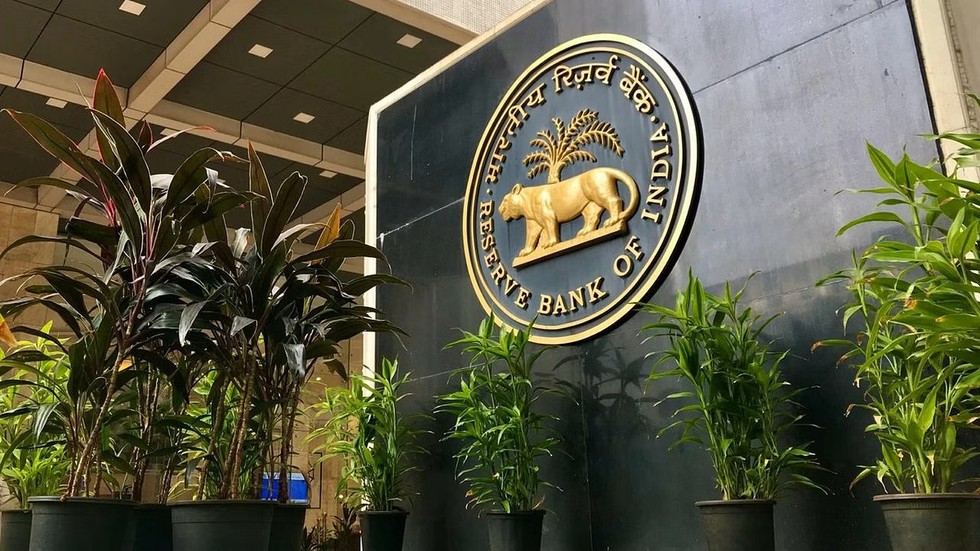The Reserve Bank of India (RBI) has introduced new guidelines aimed at protecting borrowers’ interests and enhancing transparency in the banking sector. These guidelines address concerns regarding excessive penal charges on loans and aim to standardize fee structures.
Imposition of Caps on Penal Charges
The RBI has imposed a cap on penal charges, limiting the amount that financial institutions can charge borrowers. This measure aims to prevent the imposition of exorbitant fees, ensuring fair treatment for borrowers and greater accountability among financial institutions.
Emphasis on Transparency in Loan Agreements
Under the new guidelines, banks are required to provide clear and comprehensive information about penal charges in loan agreements. This initiative aims to empower borrowers by enabling them to make informed decisions and avoid unexpected financial penalties.
Potential Impact on Banks and Industry Concerns
While the guidelines are intended to enhance consumer protection, some industry stakeholders have expressed concerns about their potential impact on banks’ profitability. Critics argue that stringent regulations on penal charges could affect revenue streams and lead to a reevaluation of lending practices.
Overarching Objective of the RBI’s Initiative
Despite concerns, the RBI’s primary objective is to strike a balance between safeguarding borrowers’ interests and maintaining the stability of the banking sector. These measures aim to create a more equitable and transparent lending environment, fostering trust and confidence among borrowers.
Multiple Choice Questions (MCQs):
- What is the primary aim of the RBI’s new guidelines regarding penal charges on loans?
- A) Reducing borrowers’ access to loans
- B) Enhancing transparency and safeguarding borrowers’ interests
- C) Increasing banks’ profitability
- D) Encouraging arbitrary fee structures
- What is one of the key aspects of the RBI’s guidelines regarding penal charges?
- A) Removing all penal charges on loans
- B) Imposing a cap on penal charges
- C) Allowing banks to set arbitrary fee structures
- D) Encouraging excessive fees
- Why is transparency in loan agreements emphasized under the new guidelines?
- A) To confuse borrowers
- B) To empower borrowers with comprehensive information
- C) To increase banks’ revenue
- D) To hide penal charges
- What is a concern raised by some industry stakeholders regarding the new guidelines?
- A) Their impact on enhancing consumer protection
- B) Their potential effect on banks’ profitability
- C) Their encouragement of arbitrary fee structures
- D) Their focus on transparency
- What is the overarching objective of the RBI’s initiative regarding penal charges on loans?
- A) Reducing borrowers’ trust in the financial system
- B) Balancing borrowers’ interests and maintaining banking sector stability
- C) Increasing arbitrary fee structures
- D) Decreasing transparency in loan agreements
